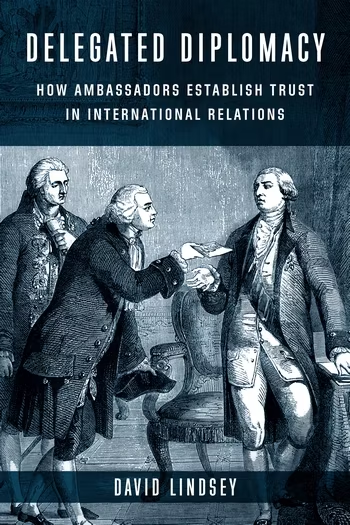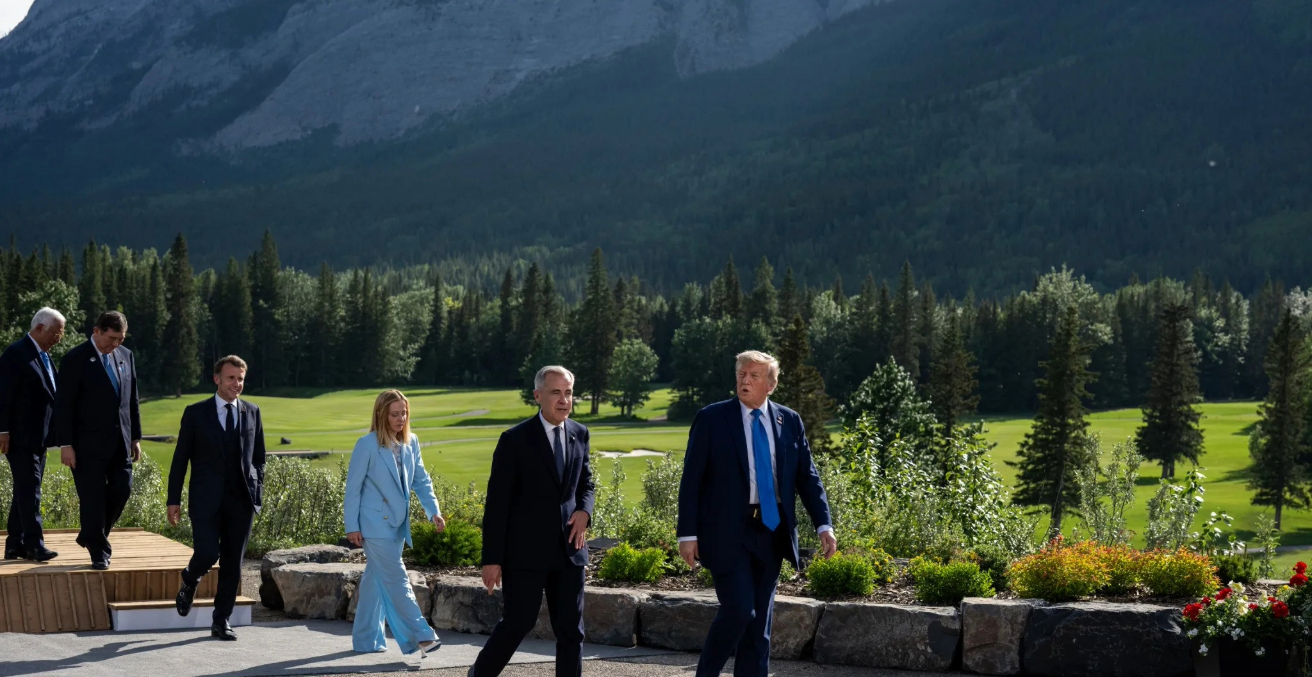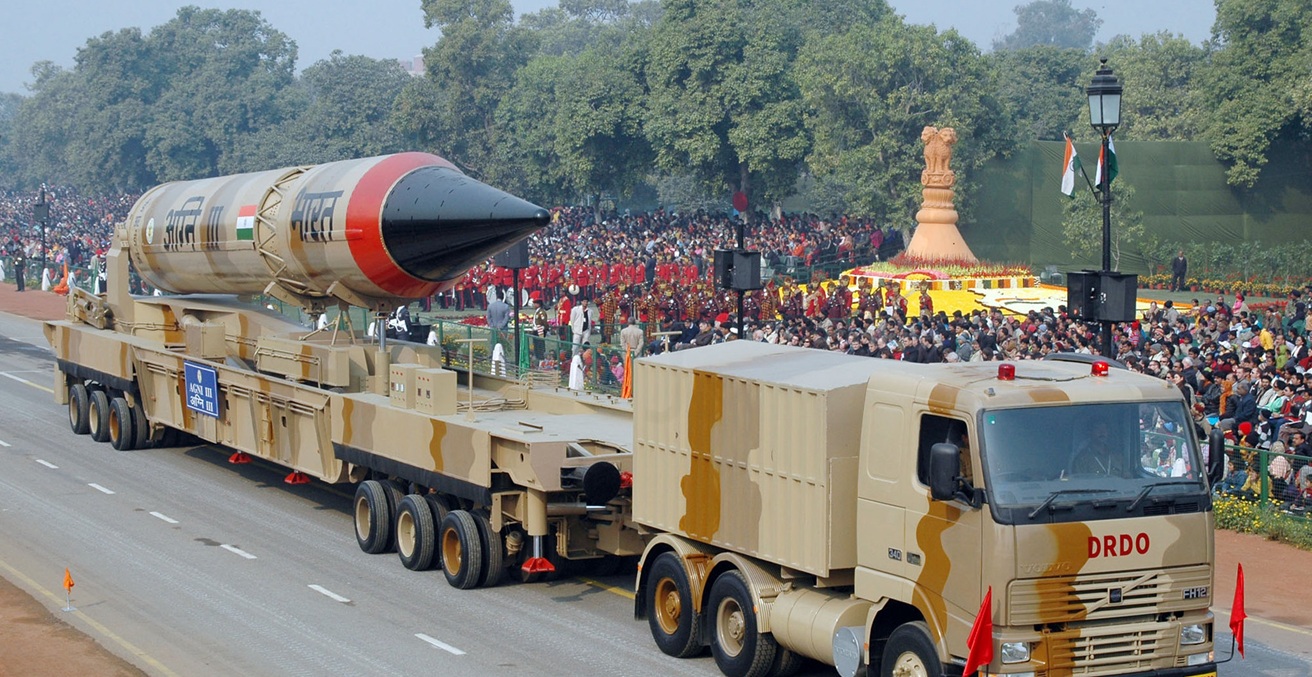Australia and the Republic of Korea share strategic objectives in the region and a longstanding defence relationship. Yet there is still far more that can be done to strengthen security ties and cooperation in the face of looming threats.
The intense focus on the AUKUS agreement has taken attention from Australia’s recent regional security talks with India, Indonesia, and South Korea, all of which took place in the week or so preceding the AUKUS announcement. If Australia is to be truly considered a significant regional player in the Indo-Pacific, developing these three security relationships is critical to undercutting perceptions of an Australian retreat to the Anglosphere to underpin its security. They are also important in building a common view of Indo-Pacific order and balancing power in the region.
Australia’s defence relationship with the Republic of Korea (ROK) is in fact longstanding. It began 70 years ago, when Australia entered the Korean War, enabled by the United Nations Security Council’s decision on 7 July 1950 authorising the US to lead a command under the United Nations flag to combat North Korean aggression.
For a relatively small country at the time, Australia’s contribution was substantial, involving 18,000 military personnel, with 340 killed, and 1,200 wounded. Entry into the war preceded the establishment of diplomatic relations between the two countries by ten years, an indicator that it was a decision taken largely in support of the US. Australia’s push for conclusion of the ANZUS treaty, rather than a commitment to Korea, drove the initial involvement.
But Korea is now Australia’s fourth largest trade and investment partner, and Australia is Korea’s eighth. Korea’s GDP now exceeds our own. Australia’s energy, raw material, and foodstuff exports power the dynamic Korean economy, and Korea’s electronics, machinery, capital goods, and refined petroleum are critical to our own. The trade flows are heavily dependent on transit through the South China Sea and, more broadly, the Indian Ocean. So there are shared strategic objectives in a free and open Indo-Pacific, as well as the commitment of two democratic US allies to open trading systems and the rule of law.
Since the 1953 armistice on the Korean peninsula, Australia has remained an active participant and, aside from the US, sometimes the most active participant in the US-led United Nations Command. It has provided Australia the opportunity to exercise with US and Korean forces in theatre, and demonstrated to the ROK that Australia is committed to its integrity and to maintaining the fragile peace on the peninsula.
However, the UN Command’s unique structure and the separate US-Republic of Korea Combined Forces Command has limited the opportunities to trilateralise regular alliance engagement which includes the ROK armed forces. The ROK does not see the ANZUS alliance or bilateral defence cooperation as conferring an ongoing role for Australia on the Korean Peninsula in peacetime, other than through Australia’s membership of the UN Command. As Australia does not have a visiting forces agreement with ROK, bilateral exercising is limited.
Korea is particularly wary of incurring Chinese displeasure, which may well put limits on it building or acknowledging enhanced defence ties. Aside from proximity, China is Korea’s largest trade partner, and Korea has extensive investments in China. Like Australia, Japan, and others, the ROK has felt the force of Chinese economic boycotts, after it agreed with the US in 2016 to the emplacement of an anti-missile unit in the ROK to monitor, and if necessary to respond to, North Korean missile launches. This has contributed to Korean public opinion turning strongly anti-China. However, the current leftist Moon administration weighs China’s interests in North Korea and potential to play a constructive role in any talks between North and South, as reasons to tread warily – including toward US pressure for a more forthcoming approach to the Quad.
The potential combination of a conservative administration in the ROK after the 2022 presidential elections, rising concerns at China’s assertiveness, together with anxiety over the Trump administration’s burden sharing demands and threats to reduce US troop levels on the Peninsula could make the ROK and Australia more aware of the value of working together. Korean confidence in the durability of the US rebalance to the Indo-Pacific and its alliance commitment has been shaken. Korea has few other compatible partners with developed capabilities, while the heavy reliance of both Australia and Korea on South China Sea trade routes provides an additional strategic rationale.
There has been some modest movement towards a more developed security relationship. In 2013, both countries agreed to establish biennial meetings of foreign and defence ministers – a so-called 2+2 structure – making Australia the only country other than the United States with which Korea has an arrangement. The fifth in the series, held in Seoul on 13 September, found lots of political common ground, but only limited enhancement of defence activities. The test now for both will be to put substance into declaratory commitments in what they agreed was an increasingly uncertain strategic environment.
Australia’s decision last year to purchase 30 Korean self-propelled howitzers offers an opportunity for closer on-ground defence collaboration, maintenance, and training. Hanwha Defence, the supplier, is also shortlisted as a potential supplier of the Australian Army’s next generation of around 450 infantry fighting vehicles.
Aside from price and performance, Korea will need to convince the Australian government that Korea is prepared to include arrangements contributing to Australia’s long-term defence industry capability. The government will be looking for substantial construction in Australia and associated employment and technology transfer benefits, secure supply chains, and the development of long-term trusted relationships – arrangements that could, were they to materialise, change the dynamic of the strategic relationship.
But Korea’s defence industry – though now a major high-tech developer and exporter – is still not well known and tested in Australia, and Korea has lost out on contracts in Australia before. Australia’s defence acquisition process is notoriously complex, and Korea needs to apply considerable resources to building profile, networks, and understanding.
Additionally, there will be countervailing pressure in Korea for any product to be built in Korea as much as possible. But without a comprehensive package, addressed not only to quality and capability but also to the strategic and political dimensions of supply, including a closer and more substantial defence relationship with Australia, Korea could come up short. For both countries, that would be an unfortunate outcome particularly, as ministers noted at the recent 2+2, their broad strategic interests, always compatible, converge in a highly uncertain Indo-Pacific.
Bill Paterson PSM was Australian Ambassador to both South and North Korea from 2013 to 2016. He has also been Ambassador to Thailand and Australian Ambassador for Counter-Terrorism. He is a co-author of The University of Western Australia’s Defence and Security Institute’s Black Swan Strategy Paper: ROK-Australia Defence and Security Ties: Prospects and Reflections on the 60th Anniversary of Diplomatic Relations.
This article is published under a Creative Commons Licence and may be republished with attribution.




